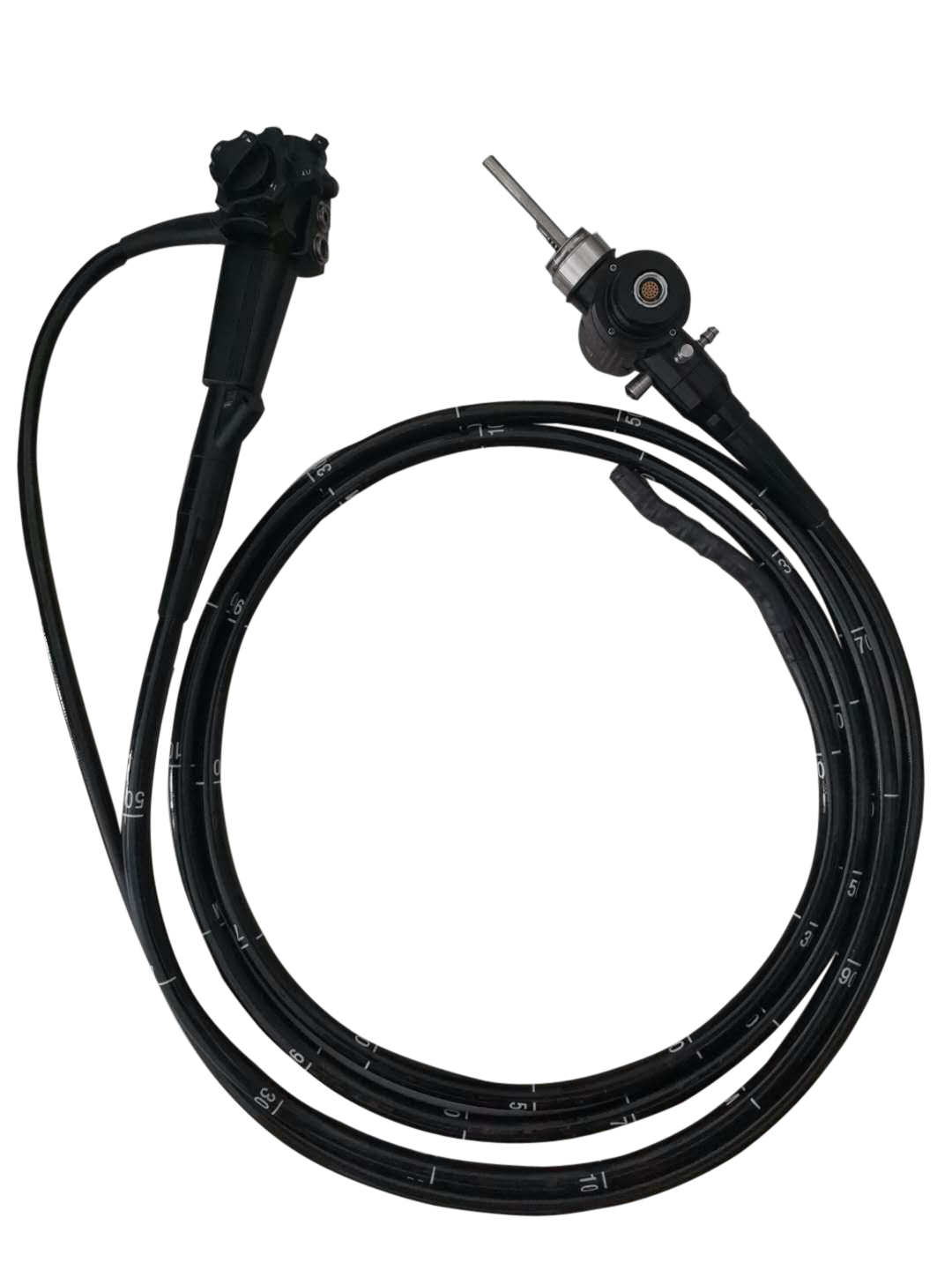The field of gastrointestinal endoscopy has undergone a remarkable transformation over the years, thanks to advances in medical technology and the continuous pursuit of more patient-friendly diagnostic and therapeutic techniques. One of the latest breakthroughs in this field is the advent of soft endoscopy, which promises to revolutionize gastrointestinal procedures, making them more comfortable and less invasive for patients. In this blog, we will delve into the world of soft endoscopy and explore its exciting potential in improving gastrointestinal healthcare.
Understanding Gastrointes tinal Endoscopy:
Gastrointestinal endoscopy is a procedure widely used by medical professionals to diagnose and treat various gastrointestinal conditions. It involves inserting a flexible instrument called an endoscope into the patient’s gastrointestinal tract to visualize and examine the tissues and organs within. Traditionally, endoscopes are made of rigid materials, which can cause discomfort and pose potential risks during the procedure.
The Rise of Soft Endoscopy:
Emerging as a game-changer, soft endoscopy offers a promising alternative to the rigid endoscopes commonly used today. A group of researchers from various institutions collaborated to develop an endoscope composed of soft, flexible materials, such as polymers and hydrogels. This innovation aims to address the limitations of its rigid counterparts, making gastrointestinal endoscopy safer and more tolerable for patients.
Benefits of Soft Endoscopy:
1. Enhanced Patient Comfort: The flexible nature of soft endoscopes allows for smoother navigation through the gastrointestinal tract, resulting in reduced discomfort and minimized tissue trauma. Patients can undergo procedures with less anxiety and pain, facilitating improved patient compliance and overall experience.
2. Reduced Perforation Risk: The inherent flexibility of soft endoscopes significantly decreases the risk of perforation, a known complication associated with traditional rigid endoscopy. The gentle nature of soft endoscopy minimizes the chances of unintentional tissue damage, making it a safer option for patients requiring repeated or prolonged procedures.
3. Expanded Accessibility: Traditional endoscopes often encounter challenges in reaching certain regions of the gastrointestinal tract due to their rigid structure. Soft endoscopy, on the other hand, allows for better navigation of complex anatomical structures, potentially providing access to areas that were previously difficult to reach. This expanded accessibility ensures comprehensive examination and improved diagnostic accuracy.
Challenges and Future Directions:
While the concept of soft endoscopy holds tremendous potential, a few challenges remain in its widespread adoption. Ensuring adequate imaging and visualization capabilities, maintaining sterilization standards, and optimizing maneuverability are some of the areas that researchers are actively addressing.
Furthermore, researchers are also exploring the integration of additional features into soft endoscopes. These advancements include incorporating tiny cameras, sensors, and even therapeutic tools. This integration could enable real-time image analysis, targeted therapy delivery, and even faster tissue sampling during procedures— leading to quicker diagnosis and more efficient treatment options.
Conclusion:
Soft endoscopy represents an exciting era in the field of gastrointestinal healthcare. Through its flexibility, patient comfort, and reduced risks, this innovative technology has the potential to elevate the standard of care in diagnostic and therapeutic gastrointestinal procedures. Researchers and healthcare professionals continue to explore and refine the capabilities of soft endoscopy, bringing us closer to a future where non-invasive, patient-friendly techniques become the norm. The ever-evolving landscape of medical technology promises brighter days for patients seeking gastrointestinal care.
Post time: Jul-19-2023

